Introduction: Rabbits, those endearing creatures with soft fur and twitching noses, are more than just a cute face. Nature has equipped them with an array of fascinating adaptations that allow them to survive and thrive in the wild. From their unique physical features to their complex digestive system, rabbits are a testament to the wonders of evolution. This blog post explores the remarkable biology of rabbits, shedding light on how their bodies are designed for survival.
Physical Adaptations for Survival
Back and Legs
Rabbits are known for their impressive back legs, which grant them the ability to perform powerful jumps and dig extensive burrows. However, this advantage comes with a trade-off: their backs are relatively weak. This vulnerability necessitates careful handling, especially by children, to prevent injury.
Dewlap and Fur
Female rabbits possess a unique feature called the dewlap - a loose, fatty area under the jaw. This area becomes particularly important when they are nesting, as they pluck fur from the dewlap to create a warm, comfortable lining for their offspring.
Ears and Eyes
With their large, movable ears, rabbits can detect sounds from multiple directions, an essential skill for evading predators. Additionally, their eyes are positioned to provide nearly 360-degree vision, with a blind spot only directly in front of their nose. This wide field of view is crucial for spotting threats.
Nose and Tail
A rabbit's nose is constantly twitching, allowing it to maximize the detection of scents with its sensitive receptors. The tail, or scut, serves as a visual signal to communicate danger or other messages to fellow rabbits.
Teeth
Rabbits have continuously growing teeth, which necessitates constant gnawing to keep them at a manageable length. Providing plenty of hay is vital to prevent overgrowth, which can lead to serious health issues.
The Digestive Marvels of Rabbits
Rabbits have a highly specialized digestive system designed to extract maximum nutrition from grass. Their two-stage digestion begins with the separation of fibrous material, which is expelled as droppings. The remainder enters the caecum, a fermentation chamber, where bacteria break down the plant matter into nutrient-rich caecotrophs. Rabbits then re-ingest these pellets to absorb more nutrients on the second pass.
This efficient system allows rabbits to thrive on a diet that many other animals would find nutritionally inadequate. It also emphasizes the importance of a high-fiber diet, mainly composed of hay, to maintain their digestive health.
Conservation and Care
Understanding the biological intricacies of rabbits not only enhances our appreciation for these creatures but also informs their care and conservation. Whether wild or domesticated, rabbits require specific conditions to maintain their health and well-being. For pet owners, this knowledge translates into providing appropriate diets, environments, and handling techniques to ensure their furry friends lead happy, healthy lives.
Conclusion
The biology of rabbits is a fascinating blend of vulnerability and resilience. Their adaptations for survival, combined with a digestive system that efficiently processes a fiber-rich diet, showcase the complexity and elegance of evolutionary design. By learning about and respecting these traits, we can better appreciate the remarkable nature of rabbits and ensure their continued survival in the wild and as cherished companions in our homes.




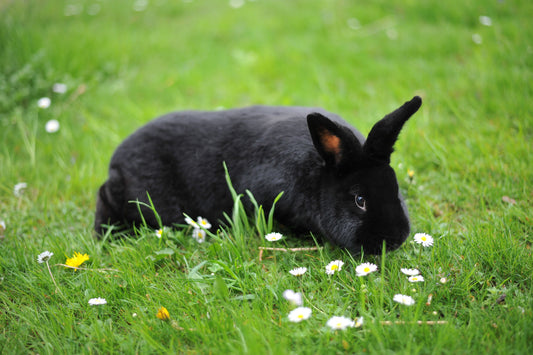
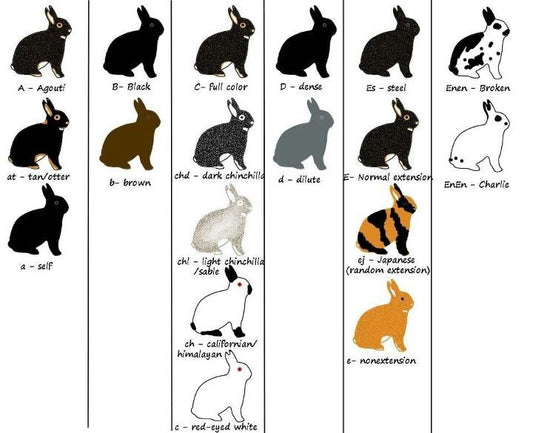

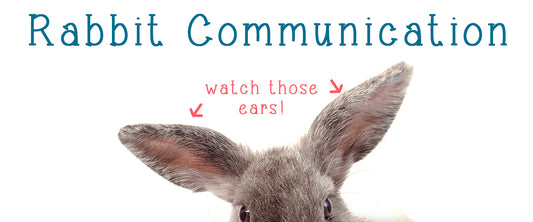



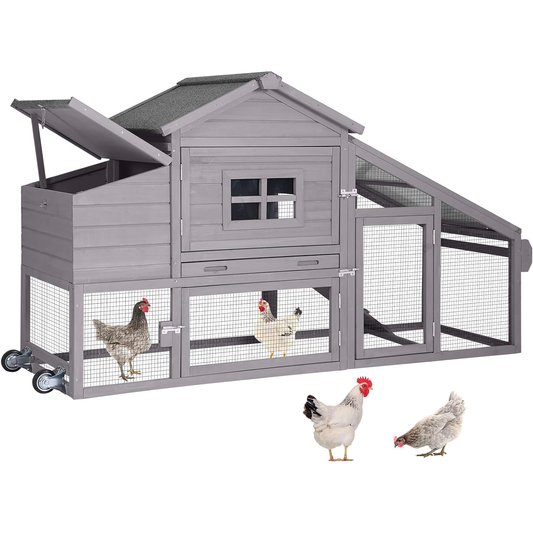



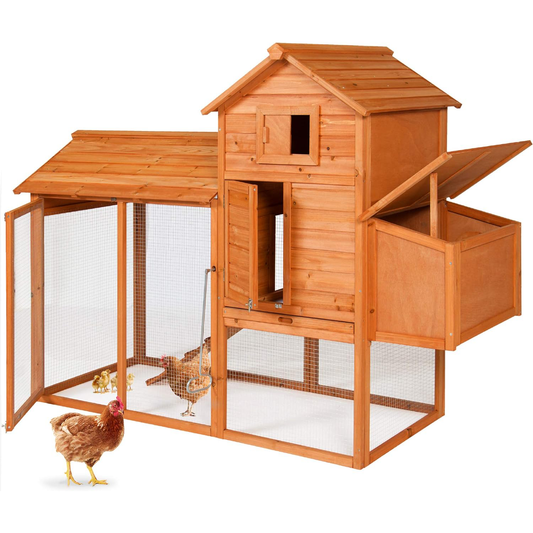




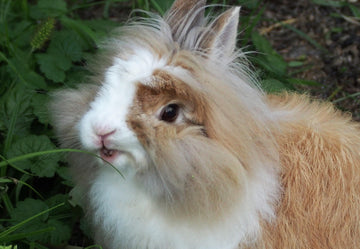

0 comments